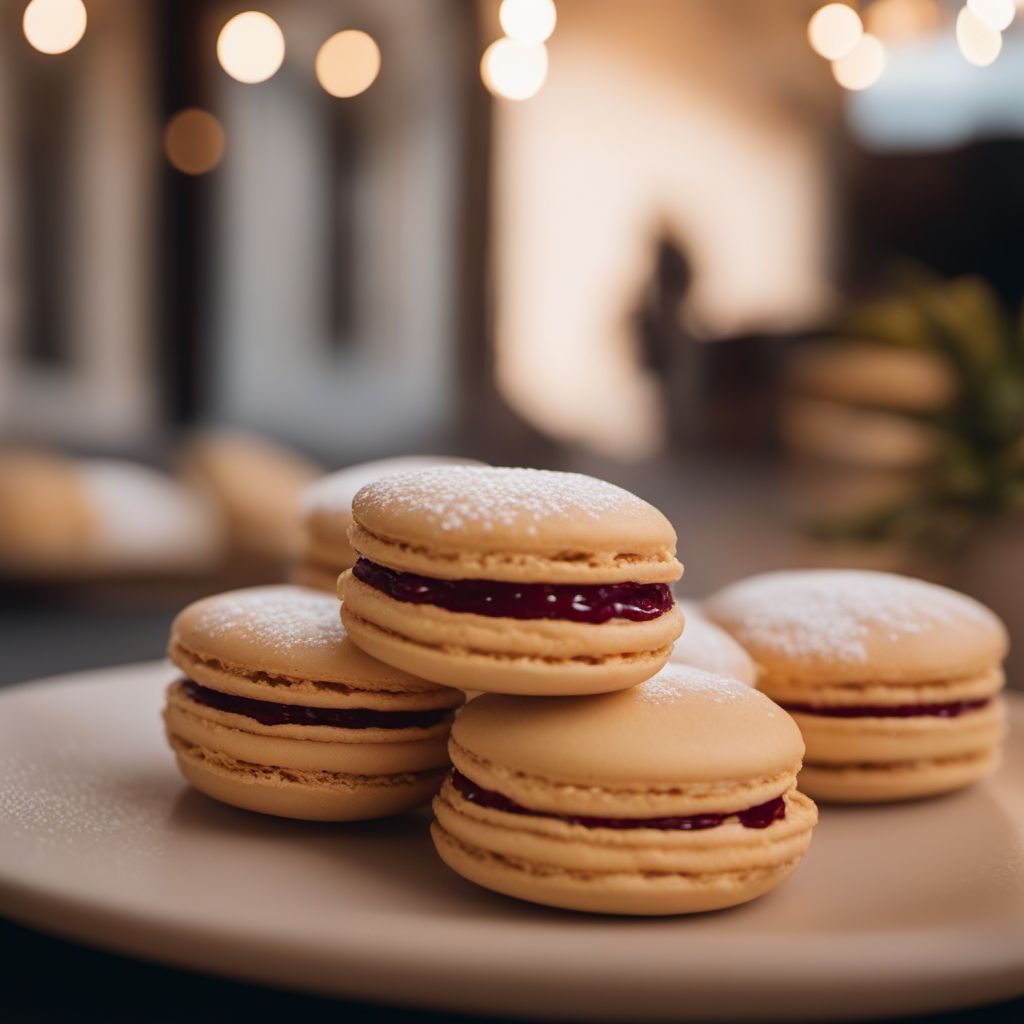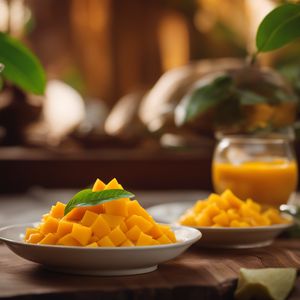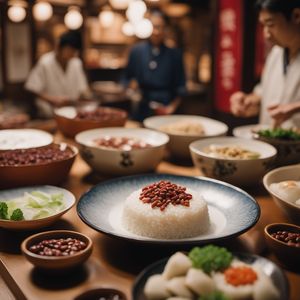
Dish
Ruske kape
Ruske kape are a light and airy dessert that are perfect for special occasions or as a sweet treat. The meringue shells are crisp on the outside and chewy on the inside, while the filling adds a rich and decadent sweetness. Ruske kape can be made in a variety of flavors, including chocolate, raspberry, and lemon. They are typically served with coffee or tea.
Origins and history
Ruske kape are believed to have originated in Croatia, and are named after the Russian hats that they resemble. They are now a popular dessert throughout the Balkans, with each country putting their own spin on the recipe. In Serbia, they are known as ruske kape or ruske kape sa orasima, and are often made with walnuts instead of almonds.
Dietary considerations
Ruske kape are gluten-free and dairy-free, making them suitable for those with allergies or dietary restrictions. However, they are high in sugar and calories, so should be enjoyed in moderation as part of a balanced diet.
Variations
There are many variations of ruske kape, including those made with different types of nuts or fillings. Some recipes also call for the addition of spices such as cinnamon or cardamom.
Presentation and garnishing
Ruske kape can be presented in a variety of ways, such as arranged on a platter or stacked in a pyramid. They can be garnished with additional nuts or a dusting of powdered sugar.
Tips & Tricks
To make the perfect ruske kape, be sure to use room temperature egg whites and a clean, dry mixing bowl. The meringue should be whipped until stiff peaks form, and the cookies should be baked at a low temperature to prevent browning. When sandwiching the cookies together, be sure to use a generous amount of filling for maximum flavor.
Side-dishes
Ruske kape are typically served as a dessert on their own, but can also be paired with other desserts such as fruit tarts or cheesecake. They can be enjoyed with a variety of drinks, including coffee, tea, or champagne.
Drink pairings
Ruske kape are typically served with coffee or tea, but can also be enjoyed with champagne or other sparkling wines.
Delicious Ruske kape recipes
More dishes from this category... Browse all »

Aamras
Indian cuisine

Aasmi
Indian cuisine

Agra petha
Indian cuisine

Aiyùbīng
Taiwanese cuisine

Ajdnek
Slovenian cuisine

Akafuku
Japanese cuisine

Akanés
Greek cuisine

Akumaki
Japanese cuisine
More cuisines from this region...

Austrian cuisine
Hearty, Rich, Flavorful, Sweet

Czech cuisine
Hearty, Savory, Sweet, Tangy

Hungarian cuisine
Spicy, Bold, Savory, Sweet

Liechtensteiner cuisine
Hearty, Savory, Tangy, Sweet

Polish cuisine
Savory, Hearty, Rich, Earthy, Tangy

Slovak cuisine
Savory, Hearty, Rich, Earthy, Tangy

Swiss cuisine
Savory, Rich, Creamy, Nutty, Sweet

